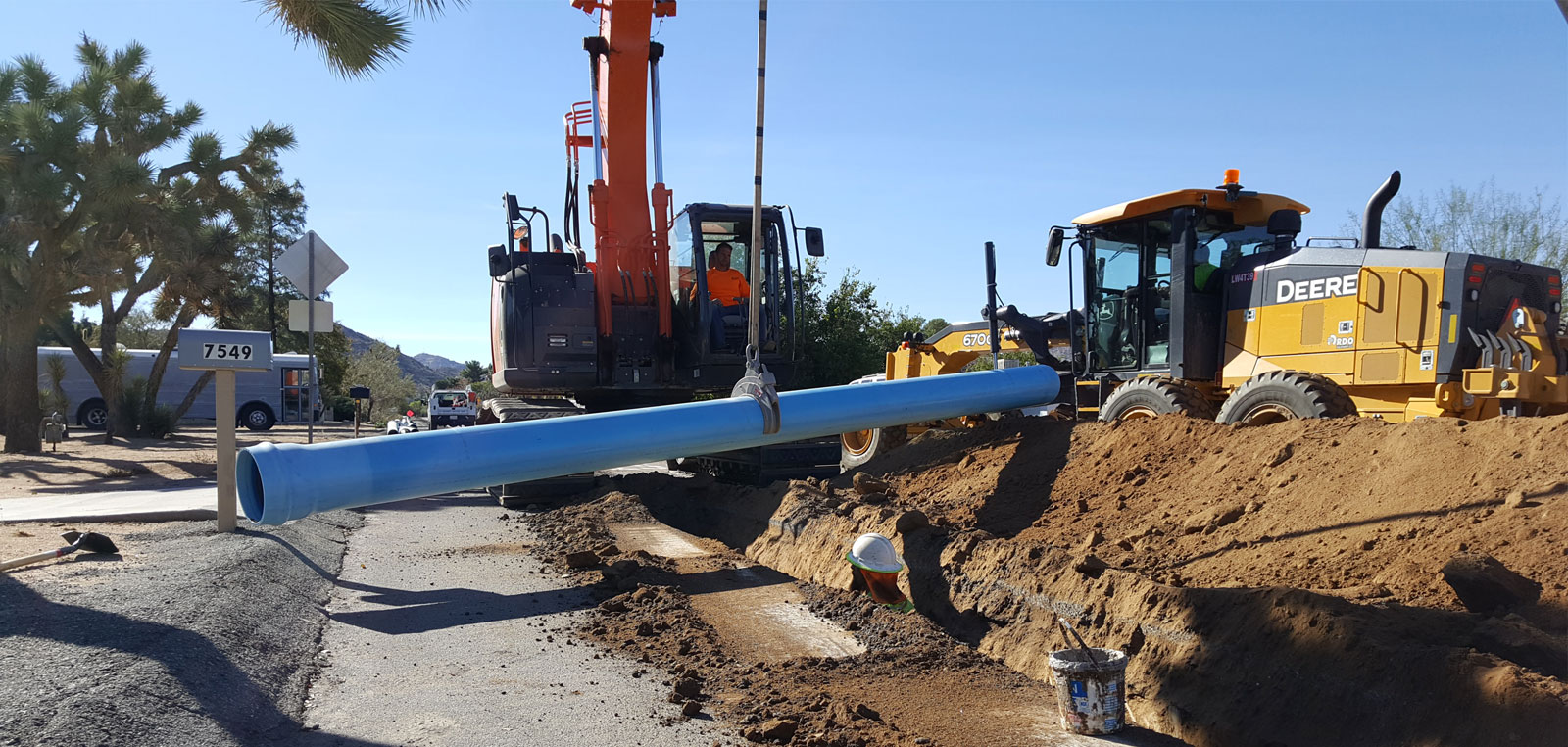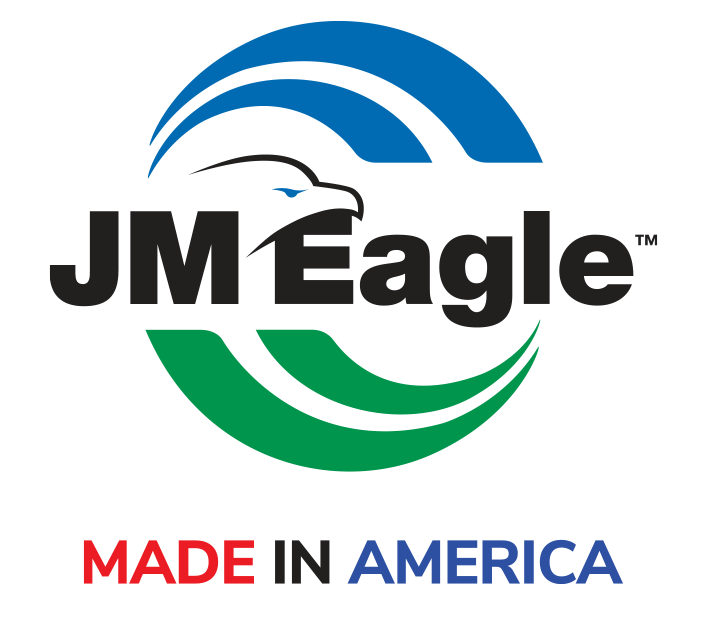
Feature Project
St. George, Utah
Water conservation is a huge priority in Utah and it took a substantial pipe—the country’s first domestically produced 63-inch high density polyethylene (HDPE) pipe—to achieve that objective in Washington County, Utah. Five miles of JM Eagle’s 63-inch HDPE DR 32.5 pipe replaced most of the Washington Canal in St. George, Utah, saving thousands of acres of water for the county.
The St. George and Washington Canal had a history of leakage and evaporation after it was concrete-lined in the 1970s. The concrete lining leaked in many places and repair efforts failed over the years.The canal provides irrigation water for the Washington Fields
area, located south of Washington County, Utah.
“The concrete lining was failing, with an estimated 10-percent annual loss of the canal water (about 4,400 acre-feet) due to seepage,” says Doug Wilson, project coordinator for Washington County Water Conservancy District, who heads up the project. “The canal washed out several times over the past few years, flooding adjacent fields. We were looking at increased urban development near the canal and rising liability issues due to public safety concerns and washouts.”
When Congress appropriated funds for piping the canal, WCWCD contracted Alpha Engineering of St. George, Utah, to survey, design and inspect the pipeline, and Interstate Rock to construct it. JM Eagle’s HDPE 63-inch 32.5 pipe was chosen to improve WCWCD's ability to increase public safety, control water loss and decrease potential liability from canal washouts and flooding. The total estimated cost of the project is $13 million.
“Rapid residential development is taking place along the canal, increasing our concerns about public safety issues,” says Wilson. “We also needed a pipeline to accommodate future pressurization for residential sprinkler systems.” JM Eagle’s HDPE 63-inch DR 32.5 is designed for 50 psi operating pressure that accommodates sprinkler system requirements. By piping the system, the district could will manage future landscaping water and subsequently help conserve culinary water for future households.
“JM Eagle was proud to produce the first 63-inch HDPE pipe in the United States for the St. George and Washington Canal pipeline,” says Dan O’Connor, JM Eagle’s vice-president for HDPE pipe. “This is just the beginning. JM Eagle is committed to the HDPE business.
Construction on the St. George and Washington Canal project was slated for winter, with rapid installation a priority.
“The time frames have been our biggest challenge", says Wilson. "We had only a short window of time when we could remove the water from the canal, and this was during our coldest winter months.”
A JM Eagle extruder in Kingman, Ariz. produced the product at a high rate, which facilitated the manufacturing and installation of the pipe.
“I think the biggest advantage of working with HDPE is the flexibility. Design-wise, you don’t have to order as many fittings, vs. what you would order for ductile iron or steel," says Barbara Berrett, project engineer, Alpha Engineering. "Another advantage we found was working with it in the field. There were a lot of existing structures and utilities, and I noticed the contractor faced fewer challenges while pulling the pipe through the existing bridges and in most cases over the utilities.”
“Narrow areas where houses and fences have encroached on the canal right-of-way have made construction challenging.” adds Wilson. Wilson cites the contractor’s ability to drag long lengths of the butt-fused HDPE pipe through narrow areas and under existing bridges.
The pipeline includes 2,000 feet of 54-inch HDPE, a diversion structure of fish screens and a sluicing structure. Multiple 16-inch outlets along the pipeline feed existing irrigation ditches and inline air and vacuum relief valves are placed approximately every 10,000 feet.
“We chose it because of its long-lasting durability, zero leak rate, corrosion resistance and flow capacity—all the known benefits of HDPE pipe," says Wilson. "We’ve used it in an irrigation replacement system in Santa Clara, Utah, in the Toquerville Secondary Water System, and in other projects in Southwestern Utah. We plan to continue to use HDPE everywhere we can.”
For more information, please contact:
Marcus Galindo
marcusgalindo@jmeagle.com
310.693.8200 ext. 7415
